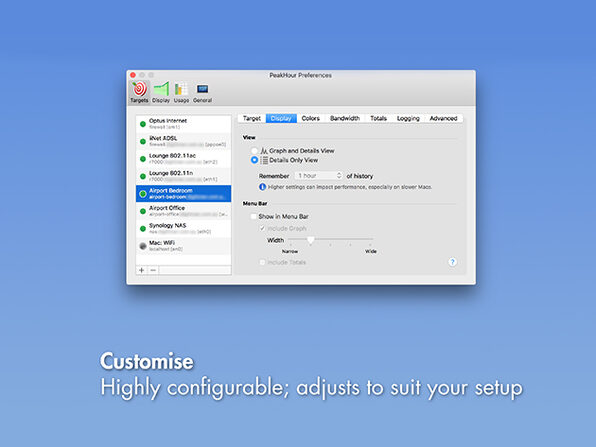

More generally, empirical evidence and characterization for a congestion transition in complex road networks are scarce, and here, we use traffic measures for Paris (France) during the period 2014–2018 for testing the existence of a jamming transition at the urban level. Many studies have already considered the emergence of traffic jams from the point of view of phase transitions, but mostly in simple geometries such as highways for example or in the framework of percolation where an external parameter is driving the transition.

Understanding the mechanisms leading to the formation and the propagation of traffic jams in large cities is of crucial importance for urban planning and traffic management. Our findings generalize across two major US cities with different street networks, hinting to the fact that vector-based navigation might be a universal property of human path planning.
#Peakhour software driver#
We posit that direction to goal is a main driver of path planning and develop a vector-based navigation model the resulting trajectories, which we have termed pointiest paths, are a statistically better predictor of human paths than a model based on minimizing distance with stochastic effects. Here, we analyze salient features of human path planning through a statistical analysis of a massive dataset of GPS traces, which reveals that (1) people increasingly deviate from the shortest path when the distance between origin and destination increases and (2) chosen paths are statistically different when origin and destination are swapped. How do pedestrians choose their paths within city street networks? Researchers have tried to shed light on this matter through strictly controlled experiments, but an ultimate answer based on real-world mobility data is still lacking. We also study how congestion starts with dysfunctional edges scattered over the network, then organizes itself into relatively small, but disruptive clusters. We define a novel dynamical measure to estimate cumulative road usage and the associated total time spent over the edges by the population of drivers. We use standard BC to probe into the instantaneous out-of-equilibrium network state for a range of traffic levels and show how this measure may be improved to build a better proxy for cumulative road usage during peak-hours. Starting from an empty network and adding traffic until transportation collapses, provides a framework to study network's transition to congestion and how connectivity is progressively disrupted as the fraction of impossible paths becomes abruptly dominant. Each added path modifies the vehicular density and travel times for the following vehicles. At departure, vehicles are aware of the network state and choose paths with optimal traversal time. We consider a topologically heterogeneous group of cities and simulate the network loading during the morning peak-hour by increasing the number of circulating vehicles.

The programs are available through highway engineering computer branch of the Department of Transport. These averages provide the basic measure of the junction performance and provide a framework on which to make comparisons between junctions. In all cases it is important to note that the values of queue lengths and delays obtained are averages and that in practice there will be considerable variations about them from day to day. All of the programs use appropriate capacity and flow/delay formulae recently developed at TRRL. through a peak hour) and enable a detailed assessment to be made of the performance of the junction. They predict the changes in queues and delays as demand flow varies (e.g. Programs picady and arcady are for use in the design and assessment of major/minor junctions and roundabouts respectively. A number of different junctions may be treated in one run of the program. By estimating annual delay it allows a comparison to be made between different types of junction under given traffic conditions. The first of these (midas) provides guidance to the traffic engineer on which type of junction to choose. Three computer programs have been developed by TRRL as aids for the design and assessment of non-signalised junctions.

TRRL COMPUTER PROGRAMS FOR JUNCTION ASSESSMENT AND DESIGN


 0 kommentar(er)
0 kommentar(er)
